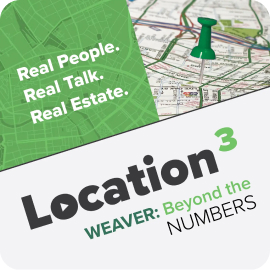Section 1031 Exchange Assessments
Among the most powerful tools to defer gain on the sale of real estate held for investment or used in your trade or business are 1031 exchanges, also called “like-kind exchanges” or “deferred exchanges.”
Connect with usTrending
Insights & Resources
Every 1031 exchange presents a unique set of facts, and you should consult a tax professional if you are considering this option. Weaver’s real estate tax professionals will take a customized approach to your situation, developing a thorough understanding of your transaction goals, working with you to maximize tax savings.
Experience in Action
Identifying the opportunity
Unable to find a suitable build-to-suit location for warehouse expansion, Weaver’s client (Partnership A) proposed to liquidate an existing industrial campus and build-out undeveloped land owned by a related partnership (Partnership B). Weaver identified the opportunity to defer gain recognition through a Reverse Section 1031 Improvement Exchange. The projected gain on the sale was $10 million.
A customized solution
Weaver’s strategy utilized a 30-year, market rate ground lease between an Exchange Accommodating Titleholder (EAT) and Partnership B. Upon execution of the ground lease, the EAT utilized a construction loan to complete the new facility. Within 180 days of breaking ground on the new facility, Partnership A sold its existing industrial campus and transferred the proceeds to a Qualified Intermediary (QI). The QI transferred those proceeds to the EAT in exchange for the new facility and the subject ground lease. The new facility and ground lease were subsequently conveyed to Partnership A. The entire transaction was covered under current guidance governing Reverse Section 1031 Improvement Exchanges.
Value added impact
Weaver’s relationship value and proactive planning helped lead to a favorable outcome in which the client was able to achieve tax savings of more than $2 million, enabling the client to expand its capacity. The overall result? More community reinvestment and job creation.
